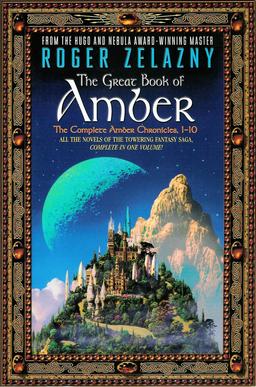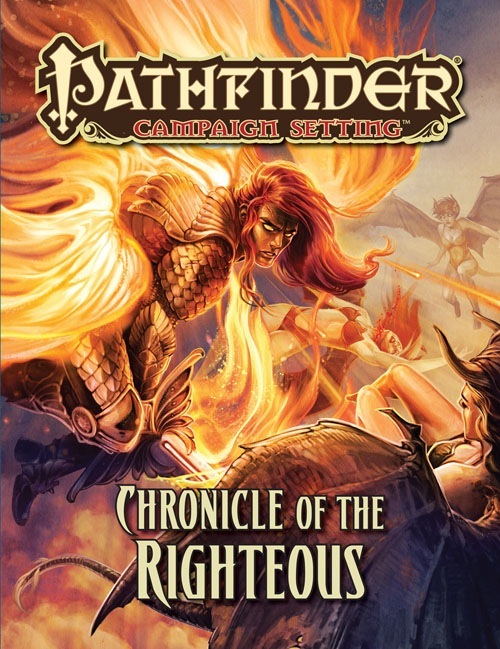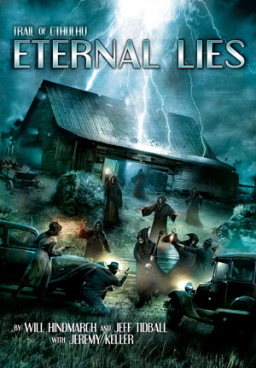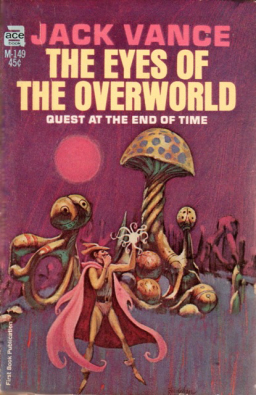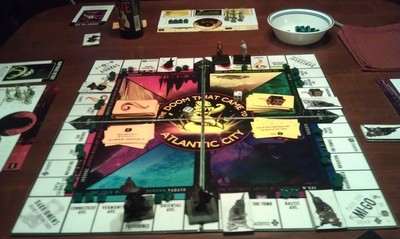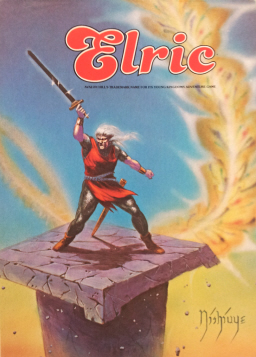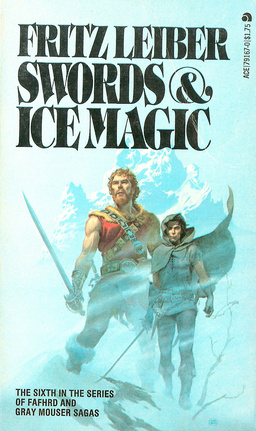Unleash your inner Conan with Barbarian Kings
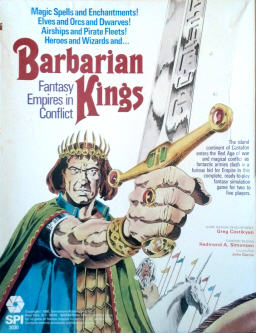 Magic Spells and Enchantments! Elves and Orcs and Dwarves! Airships and Pirate Fleets! Heroes and Wizards and… Barbarian Kings.
Magic Spells and Enchantments! Elves and Orcs and Dwarves! Airships and Pirate Fleets! Heroes and Wizards and… Barbarian Kings.
That’s the cover copy on the boxed version of Barbarian Kings, one of the most fascinating games from my childhood, a game clearly inspired in equal measure by Robert E. Howard and J.R.R. Tolkien. Except for the airships, which I think maybe was an attempt to throw in a little Edgar Rice Burroughs and John Carter of Mars.
My fascination didn’t stem from any virtue of the game design. In fact, I never even had the chance to play it when it was first released in 1980. But it loomed large in my imagination.
Barbarian Kings was originally published in Ares #3. I’ve mentioned Ares before — it was the short-lived (and today, highly collectible) magazine published by SPI that included a science fiction or fantasy board game in every issue.
And what games they were. Star Trader, simulating high-stakes interstellar trade, commerce, and piracy; The High Crusade, inspired by Poul Anderson’s classic novel of a medieval conquest of the galaxy; Nightmare House, which featured intrepid explorers venturing into a haunted house; Voyage of the B.S.M. Pandora, a solitaire game of interstellar exploration on savage worlds; The Omega War, simulating a post-apocalyptic battle on a war-scarred North America in 2419. And nearly a dozen others.
And in issue #3, it was Barbarian Kings, a simple but compelling game of fantasy empires in conflict for 2-5 players. The Jack Kirby-inspired art on the cover communicated just about everything you needed to know (click on the image at right for a bigger version). This was a game of empire building in a world of dwarves, orcs, and magic, just like any of a hundred fantasy novels crowding the shelves in the 70s. It was a compact theatre of the imagination that could drop you smack dab into your favorite fantasy setting and let you run rampant with an army at your back. And airships. Let’s not forget the airships.
